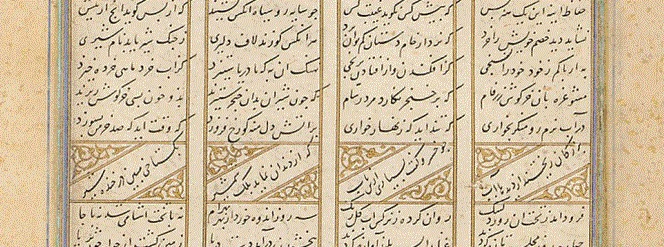
MirʿAli Tabrizi; The Creator of the Nastaʿlīq Script
MirʿAli Tabrizi; The Creator of the Nastaʿlīq Script
MirʿAli Tabrizi is considered one of the most prominent calligraphers of the era of Amir Teymur Gurkani. He was born in 762 AH in the city of Tabriz. His father, MirʿAli Soltani, was himself a renowned calligrapher of the 8th and 9th centuries AH. Little is known about the details of this master calligrapher’s life, except that he spent some time living in Tabriz and passed away around 803–805 AH. The significance of MirʿAli Tabrizi’s work as a skilled calligrapher lies in his historic and valuable efforts to systematize and refine the Nastaliq script. By establishing rules unique to the Nastaliq script, he was able to present it in an independent style. This gave the script a distinct identity and character. These rules were largely based on delicacy and subtle movements, such that Nastaliq, even after many centuries, continues to reflect the artistic sensibility and aesthetic taste of Iranians more vividly than other scripts. In old calligraphy treatises, there is a story that MirʿAli Tabrizi, one night in a dream, observed the flight of geese, and the fluid movements of Nastaliq were inspired by the graceful motion of these birds in flight. The Nastaliq script was further refined and enriched by MirʿAli’s son, ʿAbdullah, who added new details and completed its development.
Among the works attributed to MirʿAli Tabrizi by experts are: a twelve-page Muraqqaʿ (album) of the Supplications of Imam Ali ibn Abi Talib (peace be upon him), a manuscript of Khamseh of Nizami and Amir Khusro Dehlavi, a manuscript of Saʿdi’s Kulliyāt, a manuscript of Būstān of Saʿdi, a manuscript of the Masnavis of Homāy and Homāyūn, Kamāl-nāmeh, Rawḍat al-Anwār by Khaju Kermani, and a manuscript of Diwān Jalāyir. However, the Khosrow and Shirin manuscript of Nizami, which contains the full signature of MirʿAli Tabrizi, is the only work that can be confidently attributed to this calligrapher.
| Name | MirʿAli Tabrizi; The Creator of the Nastaʿlīq Script |
| Country | Iran |
| Type | Calligraphy |
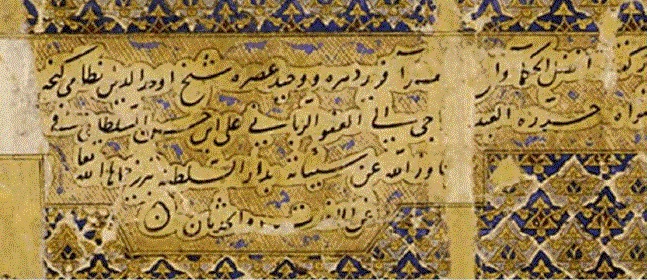
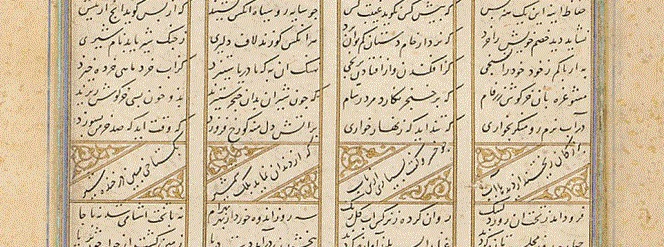


Choose blindless
Red blindless Green blindless Blue blindless Red hard to see Green hard to see Blue hard to see Monochrome Special MonochromeFont size change:
Change word spacing:
Change line height:
Change mouse type:
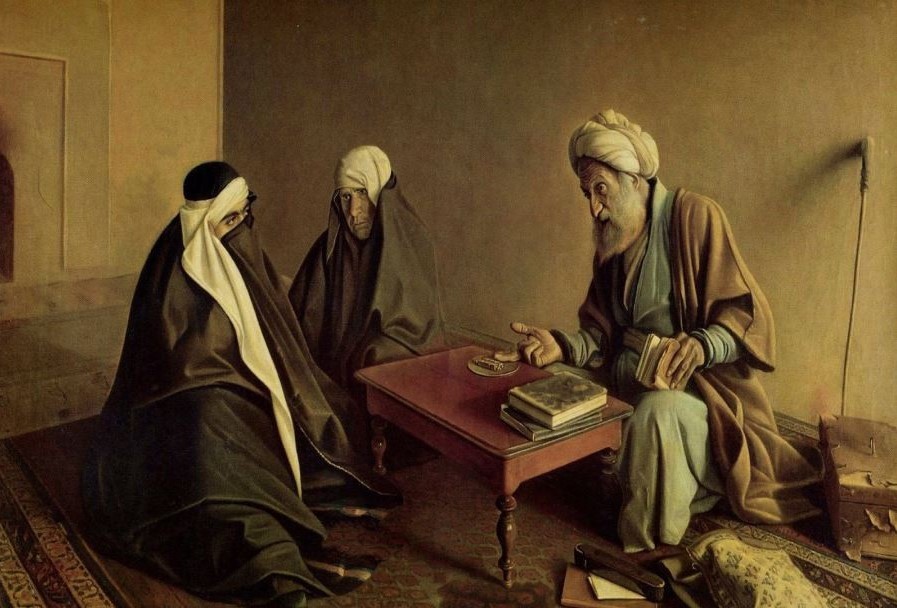
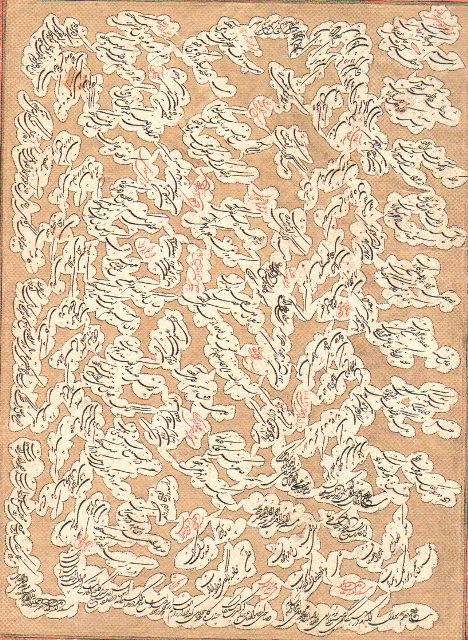
.jpg)

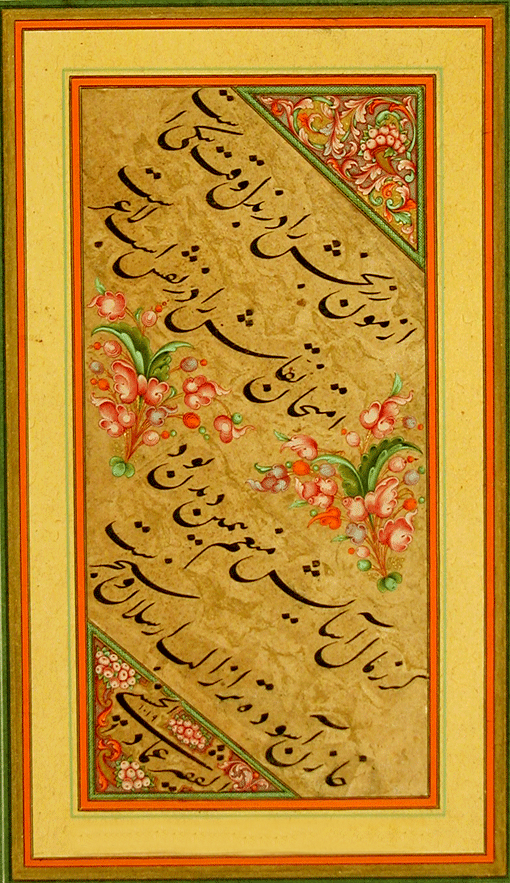
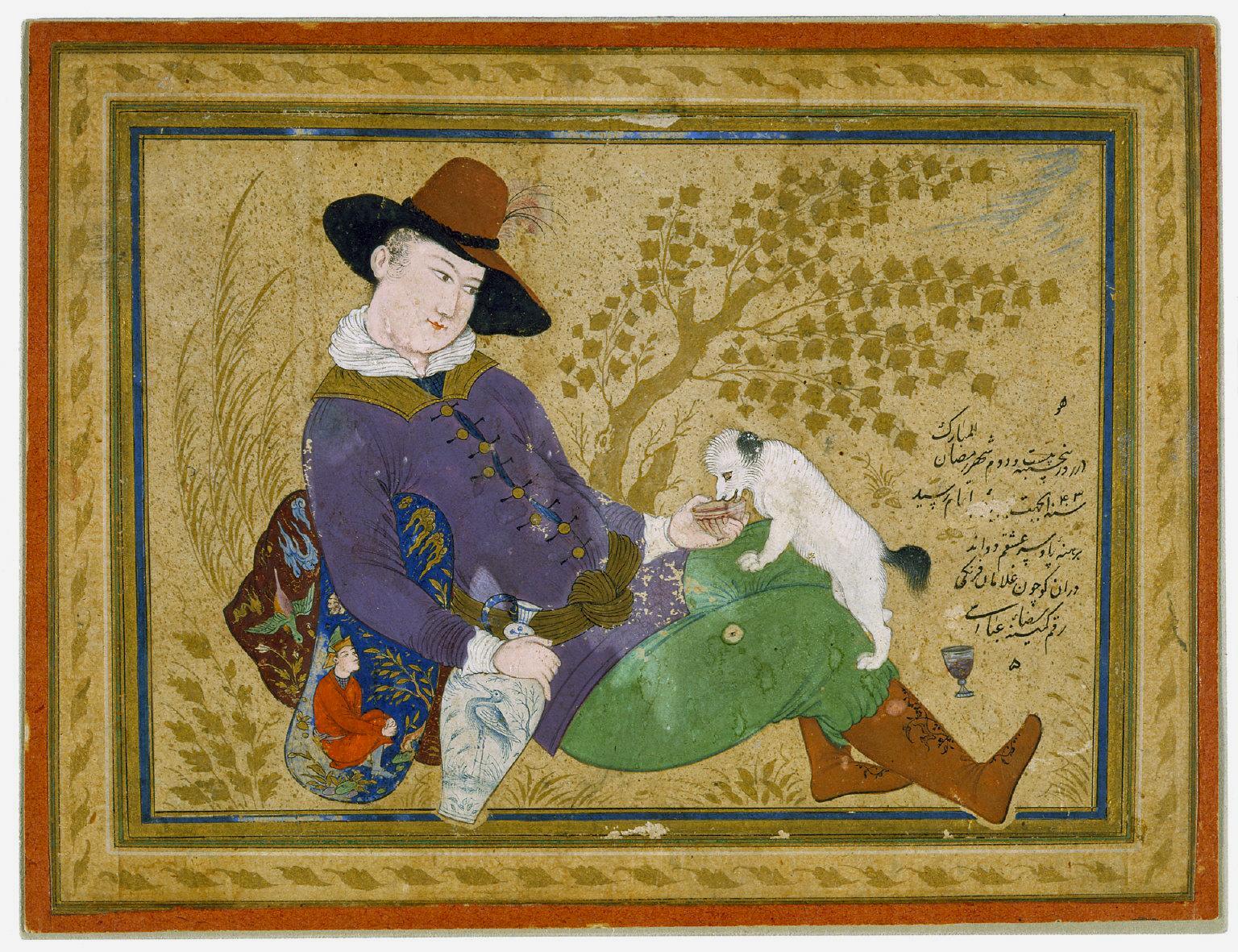
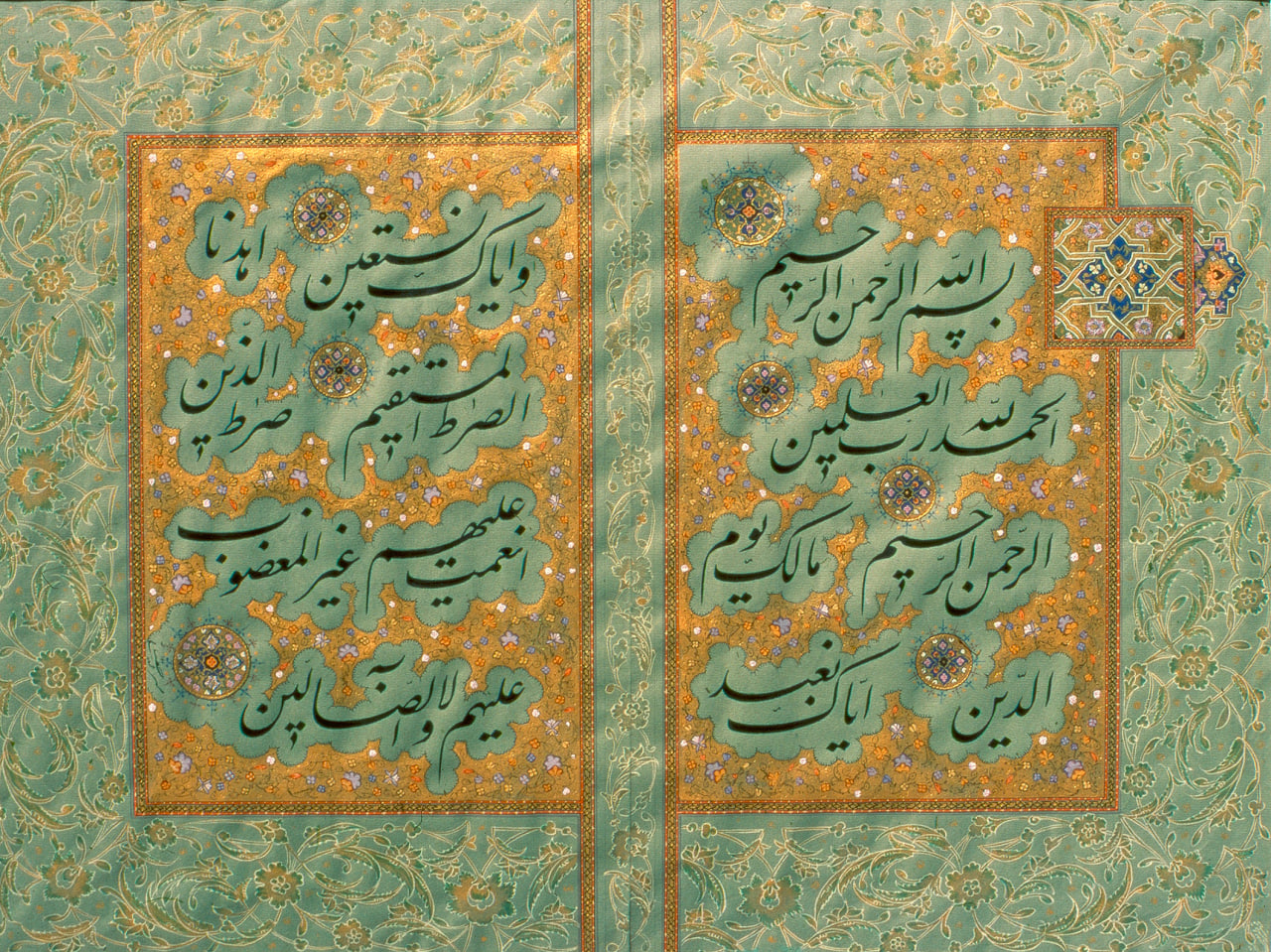
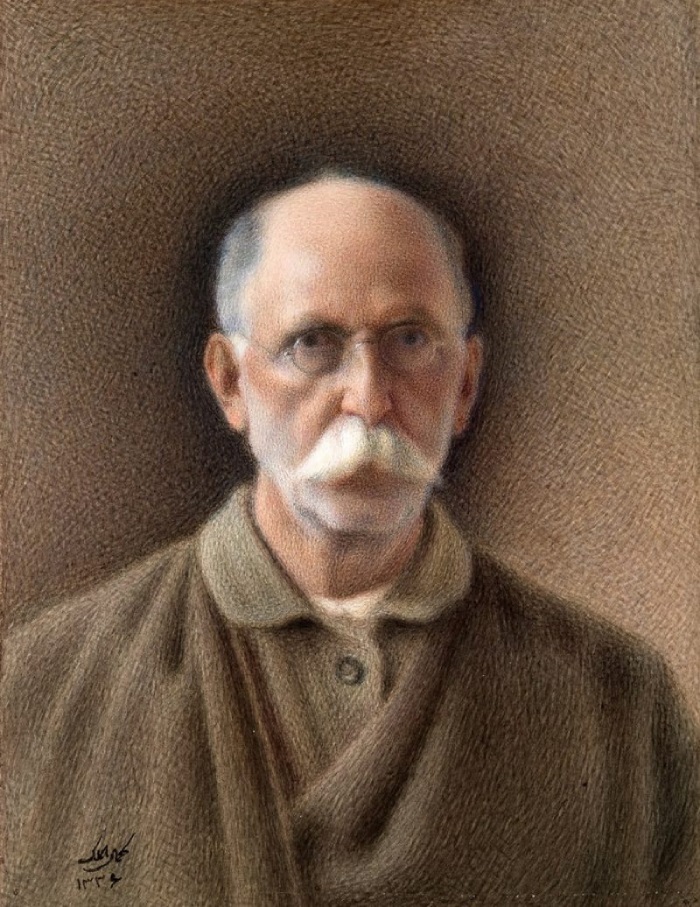
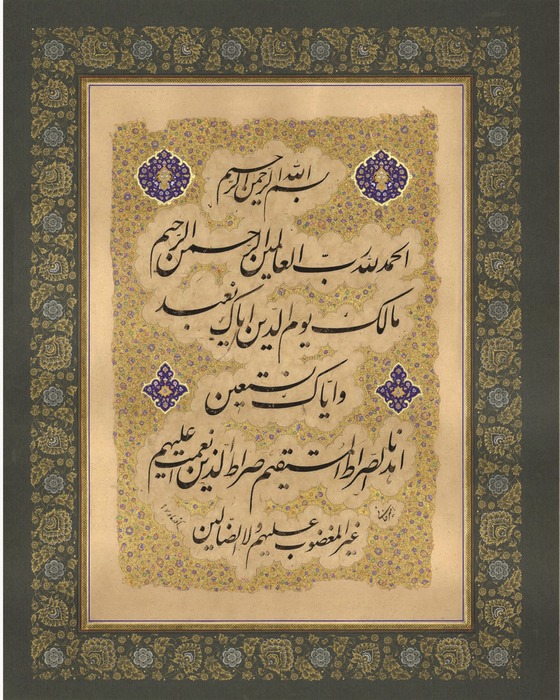
(7)_1_1.jpg)